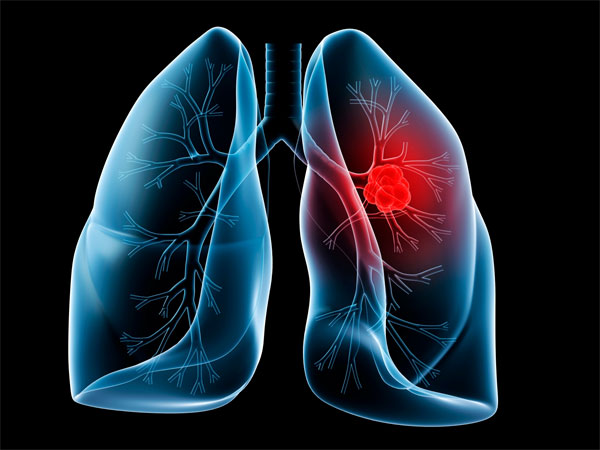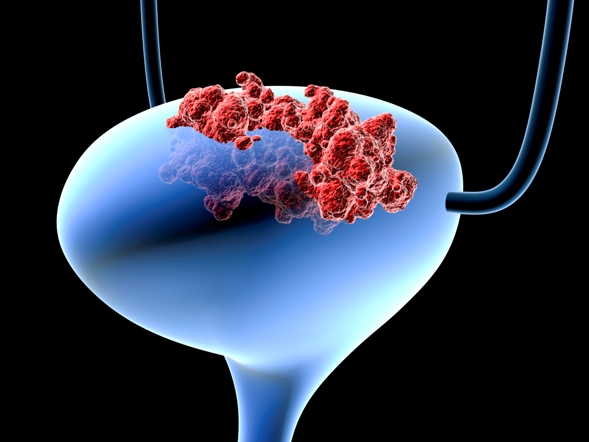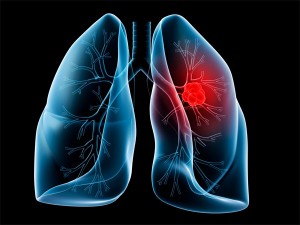Cancer Immunity: Vanquishing Cancer with Light (Part 2)
As we saw in Part 1, Photodynamic Therapy (PDT) can bring about an effective anti-tumor immune response that may contribute to the eradication of both tumors and metastases. As the tumor cells are dying, the signals they release provoke the body to launch protective actions for dealing with a threat to tissue integrity. This leads to a acute inflammatory reaction around the tumor, and this, in turn, can help spawn a vigorous whole-body immune response against the disease.
One of the linchpins of this immune response is a group of star-shaped cells known as the dendrite cells. You might think of these cells as the immune system’s “sentinels” because they are constantly on the lookout for cancer and other trouble. The dendritic cells are able to capture the tumor antigens and then migrate to lymph nodes, where they interact with T-cells to trigger an aggressive immune response against the cancer.
The problem is that these dendritic cells are often “asleep” when cancer is present, so they tolerate the disease as if it were simply part of the body. With PDT, the tumor is damaged by the interaction between the light and the photosensitizer. As the tumor is dying, it generates specific molecules called damage-associated molecular patterns (DAMPs). These molecules may play a role in essentially “waking up” the immune system, and they work closely with the tumor antigens to generate a total immune response against the cancer. These DAMPs are thought to play a major role in potentiating the anti-tumor vaccines generated by PDT.
In a recent study at East China University of Science and Technology in Shanghai (China), pharmacy researchers created a vaccine by pulsing dendritic cells with PDT-treated lung cancer cells. The natural compound hypericin (active ingredient in the herb St. John’s wort) was used as a photosensitizer. In mouse studies, this PDT-generated vaccine was able to elicit potent immunity against lung tumors and was described by the authors as paving the way for “personalized cancer immunotherapy”, as reported online ahead-of-print in the 6 February 2014 issue of Biochemical Pharmacology.
Killing Tumor Cells the Immunologically Correct Way

The researchers identified a promising kind of cancer cell death called immunogenic cell death (ICD), which can activate the immune system due to the release of danger signals. The photosensitizer hypericin, mentioned above, is the first PDT compound to be capable of inducing this form of cell death. It is though that this relationship could pave the way for more effective immuno-PDT, as reported in the March 2014 issue of Photochemical & Photobiological Sciences.
These findings have profound implications for the future of cancer medicine. Immuno-PDT’s ability to induce the type of cell death needed to properly activate the immune system could be deemed a keystone in cancer therapy since it includes both tumor cell death and a whole-body immune eradication of metastatic disease. Such an innovative strategy eventually may someday lead to vastly improved survival rates for people with advanced cancers.
Support us by buying our book, The Medicine of Light, and ebooks from our Photoimmune Discoveries eBook Series.
Sources
Zheng Y, Yin G, Le V, Zhang A, Lu Y, Yang M, Fei Z, Liu J. Hypericin-based Photodynamic Therapy Induces a Tumor-Specific Immune Response and an Effective DC-based cancer Immunotherapy. Biochem Pharmacol. 2014 Feb 6. [Epub ahead of print]
Garg AD, Agostinis P. ER stress, autophagy and immunogenic cell death in photodynamic therapy-induced anti-cancer immune responses. Photochem Photobiol Sci. 2014 Mar;13(3):474-87.
© Copyright 2014, Photoimmune Discoveries, BV
Related Posts
-
 Using PDT to Cut Costs and Prevent Skin Cancer
No Comments | Feb 28, 2014
Using PDT to Cut Costs and Prevent Skin Cancer
No Comments | Feb 28, 2014 -
 Overcoming Glioblastoma: Breakthrough Insights for Beating the Deadliest Brain Cancer
No Comments | Jan 31, 2014
Overcoming Glioblastoma: Breakthrough Insights for Beating the Deadliest Brain Cancer
No Comments | Jan 31, 2014 -
 Light-Based Relief for Psoriasis: PDT’s Potential
No Comments | Aug 14, 2014
Light-Based Relief for Psoriasis: PDT’s Potential
No Comments | Aug 14, 2014 -
 Photodynamic Support for Surgery Keeps Bladder Cancer From Returning
No Comments | Nov 22, 2015
Photodynamic Support for Surgery Keeps Bladder Cancer From Returning
No Comments | Nov 22, 2015


 English
English Français
Français Deutsch
Deutsch Nederlands
Nederlands